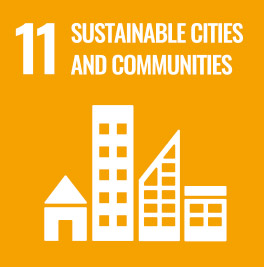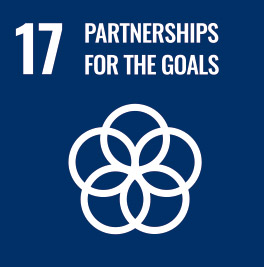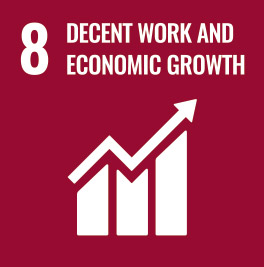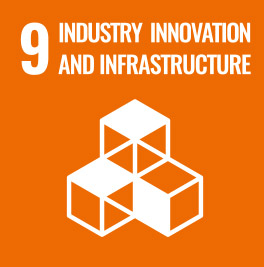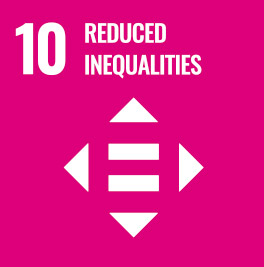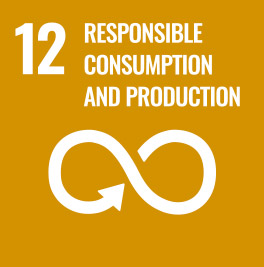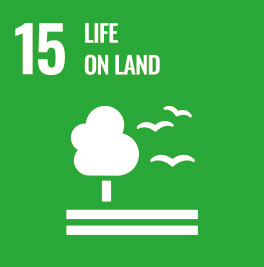To support the implementation and promotion of Taiwan’s National Land Planning Act and National Spatial Plan, and to enhance public understanding of the importance of spatial planning—particularly in relation to rural community development—National Cheng Kung University (NCKU) hosted a thematic international lecture on June 16. The event was organized by the Badlands Co-creation USR Project Team, the Center for National Land Development Research, the College of Planning and Design, and the Department of Urban Planning. Held at the Department’s Yan-Gu Lecture Hall, the event welcomed two internationally renowned experts in European spatial planning to share their professional insights and experiences. The invited speakers were Professor Vincent Nadin, Emeritus Professor of Spatial Planning at the Faculty of Architecture and the Built Environment, Delft University of Technology, and Mr. Paul Gerretsen, Director of the Dutch Association of Metropolitan Development. Both speakers provided valuable perspectives on spatial planning trends and practices in Europe, the UK, and the Netherlands, offering attendees a broader international outlook.
The first lecture, delivered by Professor Vincent Nadin, was titled “Joining-up Government Sectoral Policy through Territorial Governance and Spatial Planning: Experience from Europe.” Drawing from his extensive experience, Professor Nadin highlighted how spatial planning in Europe facilitates synergy among cross-sectoral plans, serving as a key instrument for territorial governance and interdepartmental coordination. He emphasized that the UK experience in particular illustrates the essential role of spatial planning in promoting policy coherence.
The second lecture, presented by Mr. Paul Gerretsen, was titled “Making The Netherlands Together.” His talk traced the history of spatial planning in the Netherlands and explored the role of design in shaping national and regional strategies. Focusing on regional design and vision-driven scenario planning, Gerretsen explained how the Netherlands addresses climate change and urban expansion challenges through highly integrated and strategic approaches. He illustrated how multi-scalar and cross-sectoral collaborations shape spatial visions and guide policy decision-making. Together, the two lectures offered international case studies as a point of reference and inspiration for Taiwan’s own future in national spatial governance.
Both speakers stressed that the core of spatial planning lies in facilitating sectoral collaboration and addressing local issues. They underscored the importance of public participation, emphasizing that spatial governance is not merely about technical or legal tools, but represents a cultural shift—from top-down, department-centered decision-making to an environment- and community-centered approach. Building consensus from the ground up, with people and place at the heart of planning, is key to transforming spatial planning mindsets.
This international lecture resonated deeply with the long-term goals of NCKU’s Badlands Co-creation USR Project, which has consistently promoted inclusive planning through both formal and informal partnerships. By integrating citizen participation into the planning process, local residents are no longer passive recipients of external decisions but instead become active co-creators and agents shaping the future of their environments.
The first lecture, delivered by Professor Vincent Nadin, was titled “Joining-up Government Sectoral Policy through Territorial Governance and Spatial Planning: Experience from Europe.” Drawing from his extensive experience, Professor Nadin highlighted how spatial planning in Europe facilitates synergy among cross-sectoral plans, serving as a key instrument for territorial governance and interdepartmental coordination. He emphasized that the UK experience in particular illustrates the essential role of spatial planning in promoting policy coherence.
The second lecture, presented by Mr. Paul Gerretsen, was titled “Making The Netherlands Together.” His talk traced the history of spatial planning in the Netherlands and explored the role of design in shaping national and regional strategies. Focusing on regional design and vision-driven scenario planning, Gerretsen explained how the Netherlands addresses climate change and urban expansion challenges through highly integrated and strategic approaches. He illustrated how multi-scalar and cross-sectoral collaborations shape spatial visions and guide policy decision-making. Together, the two lectures offered international case studies as a point of reference and inspiration for Taiwan’s own future in national spatial governance.
Both speakers stressed that the core of spatial planning lies in facilitating sectoral collaboration and addressing local issues. They underscored the importance of public participation, emphasizing that spatial governance is not merely about technical or legal tools, but represents a cultural shift—from top-down, department-centered decision-making to an environment- and community-centered approach. Building consensus from the ground up, with people and place at the heart of planning, is key to transforming spatial planning mindsets.
This international lecture resonated deeply with the long-term goals of NCKU’s Badlands Co-creation USR Project, which has consistently promoted inclusive planning through both formal and informal partnerships. By integrating citizen participation into the planning process, local residents are no longer passive recipients of external decisions but instead become active co-creators and agents shaping the future of their environments.
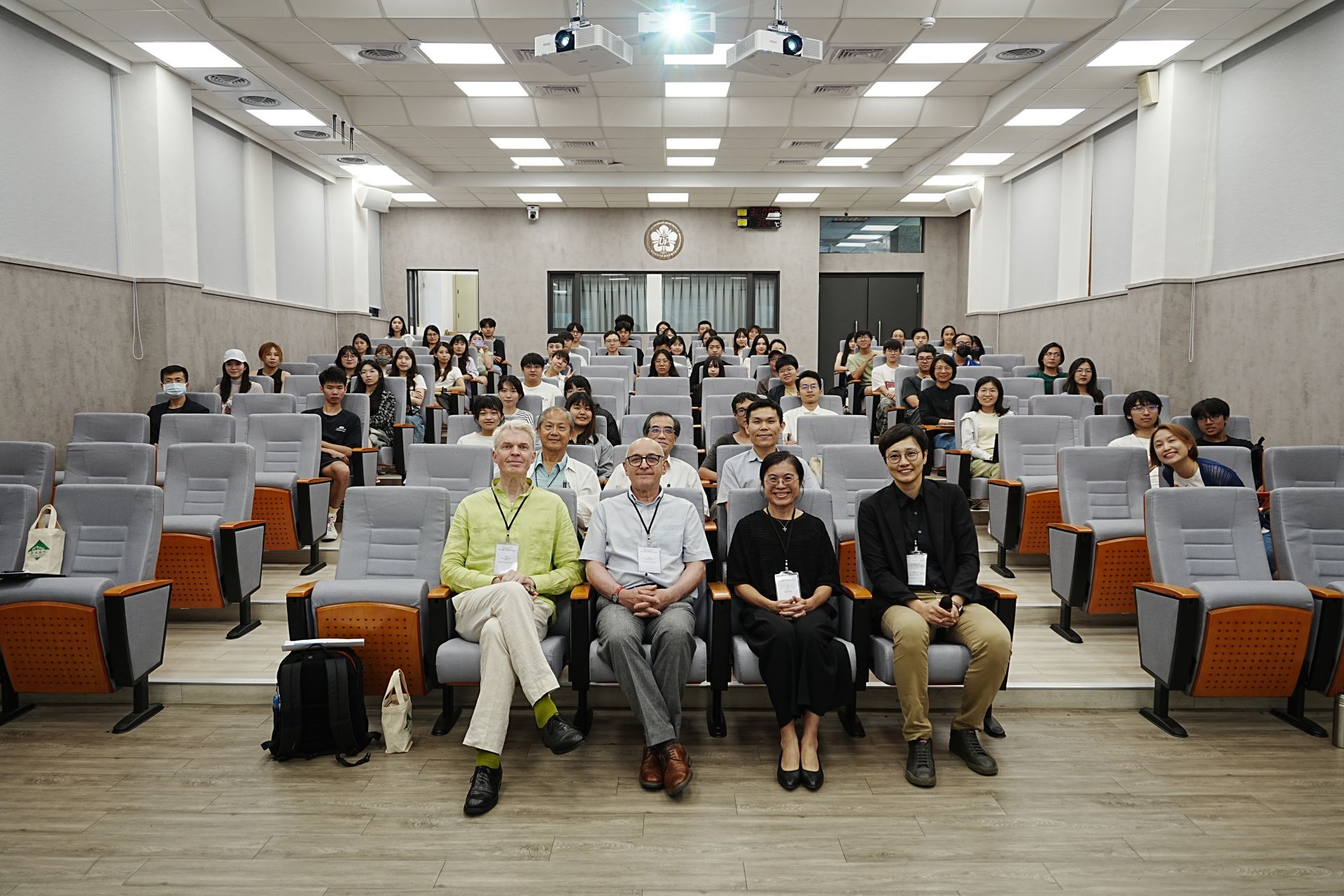
Group photo of participants at the “National Spatial Governance” lecture held on the 16th.
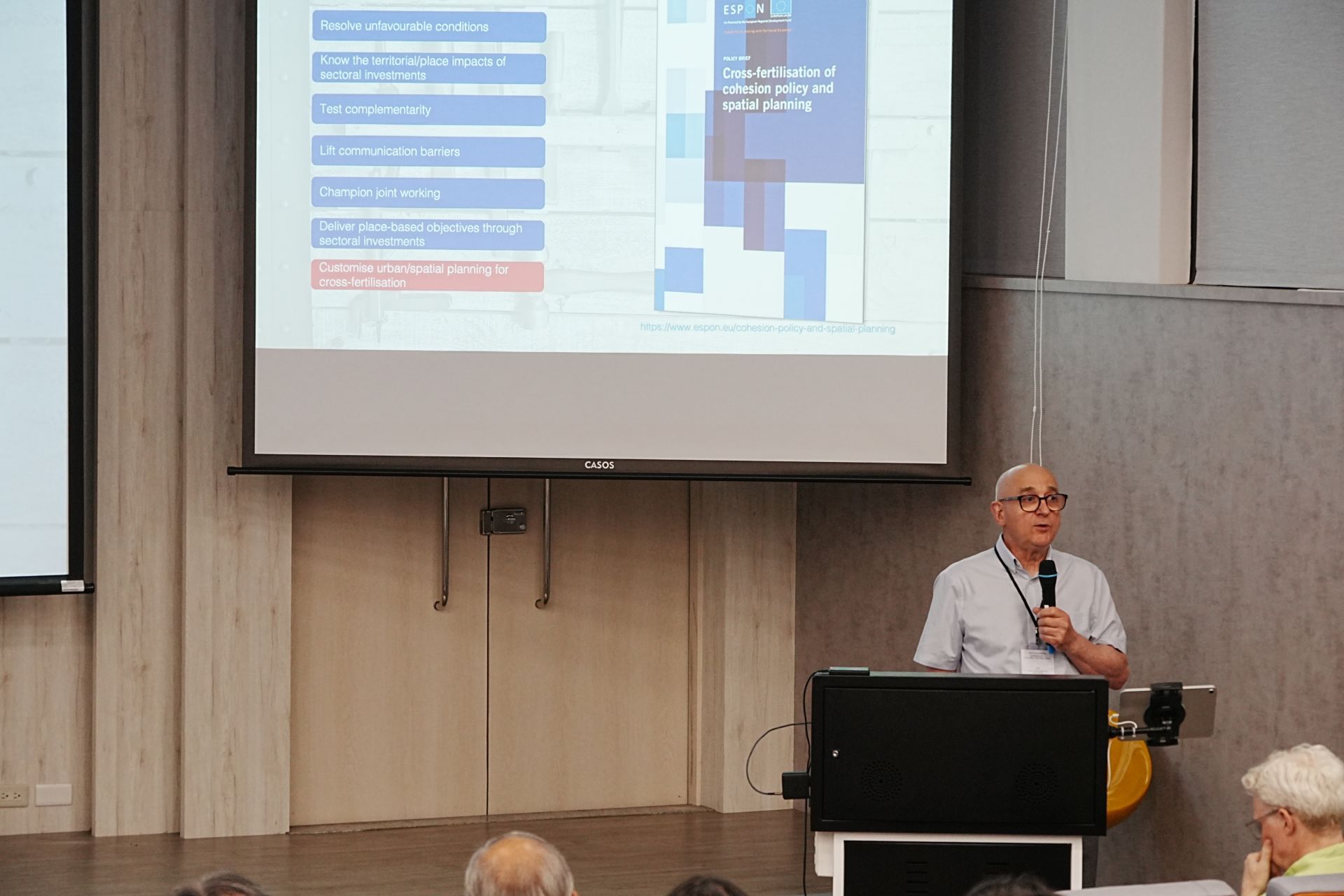
The first session featured Professor Vincent Nadin, Emeritus Professor of Spatial Planning at the Faculty of Architecture and the Built Environment, Delft University of Technology, who shared insights on spatial planning practices in Europe.
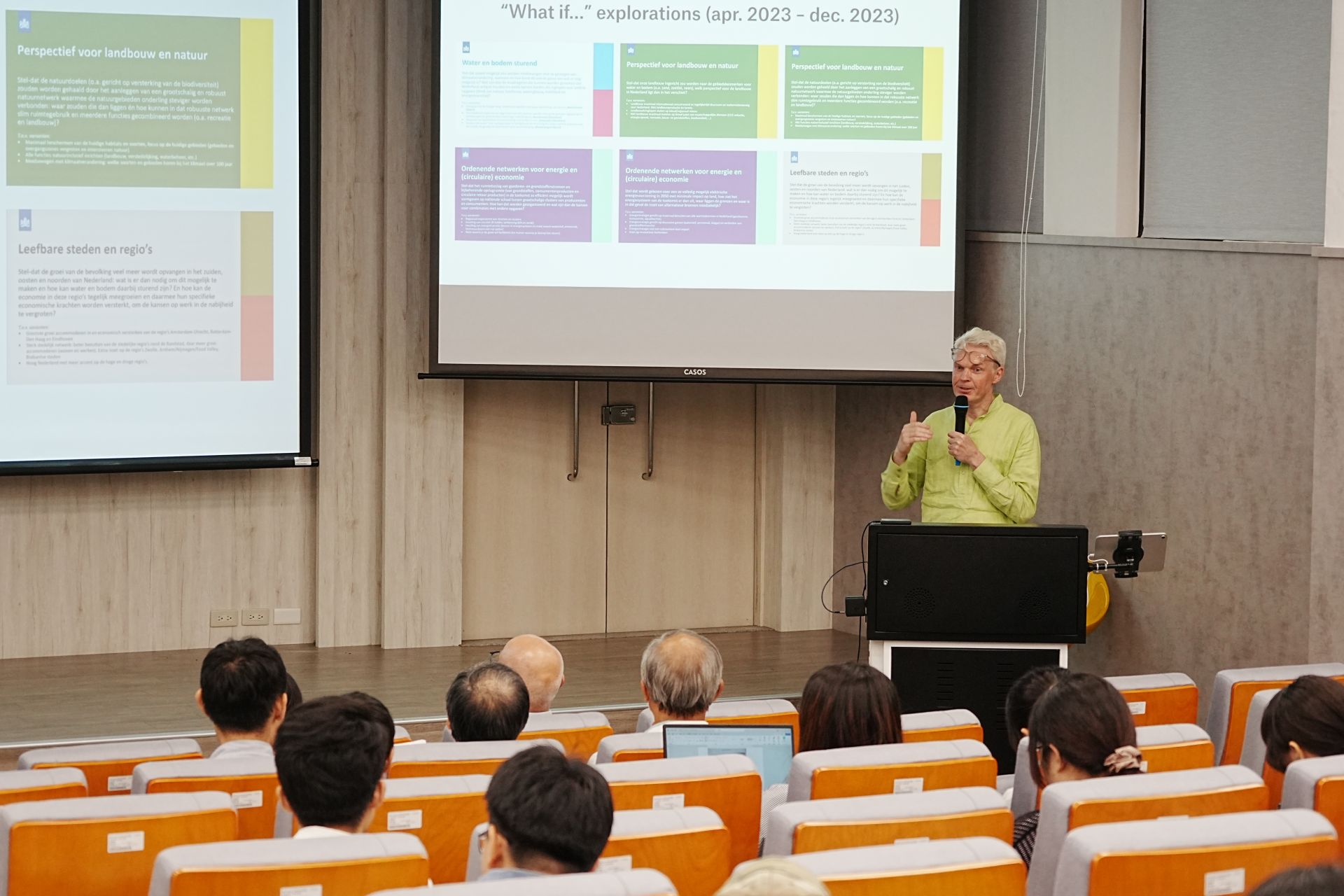
Mr. Paul Gerretsen, Director of the Dutch Association of Metropolitan Development, shared practical experiences in spatial planning from the Netherlands.
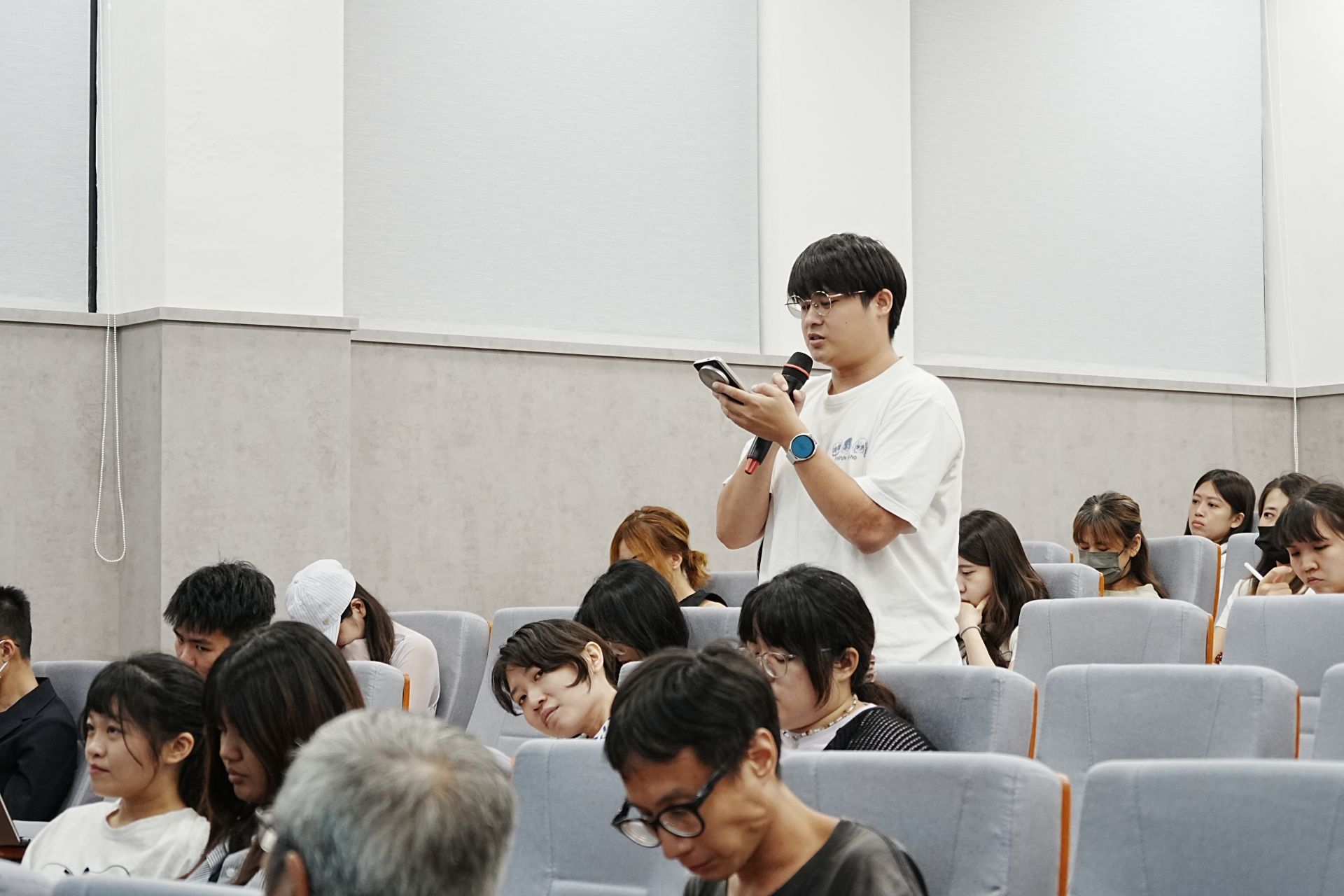
Participating students actively engaged in the discussion and raised enthusiastic questions.

SDG11"Reviving Aesthetics: New Trends" brought Peking Opera to the forefront, introducing its beauty to students at NCKU
View more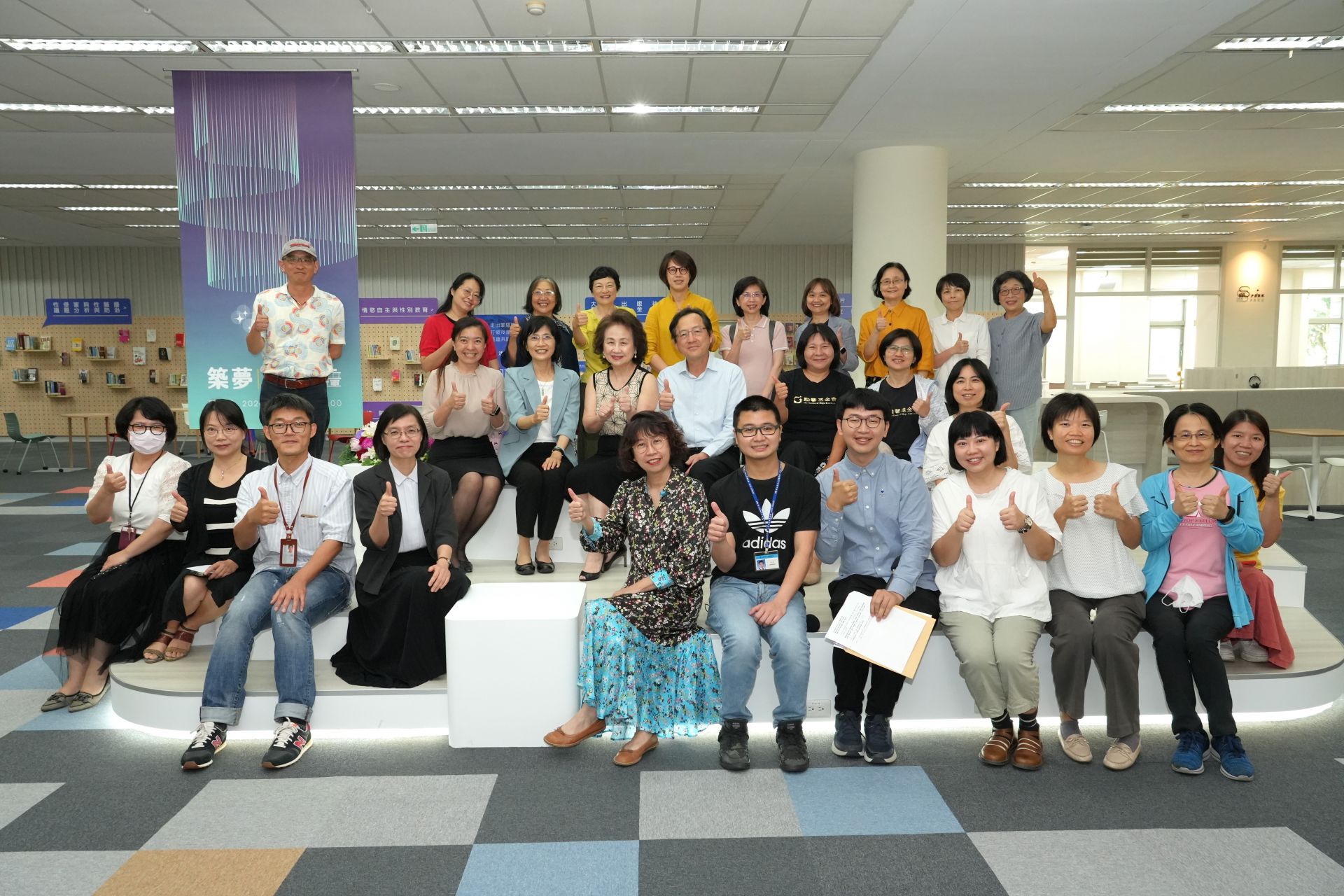
SDG11Dream into Reality, Building Dreams Solidly: Completion and Inauguration of Phase Two Space Transformation at NCKU Library
View more


